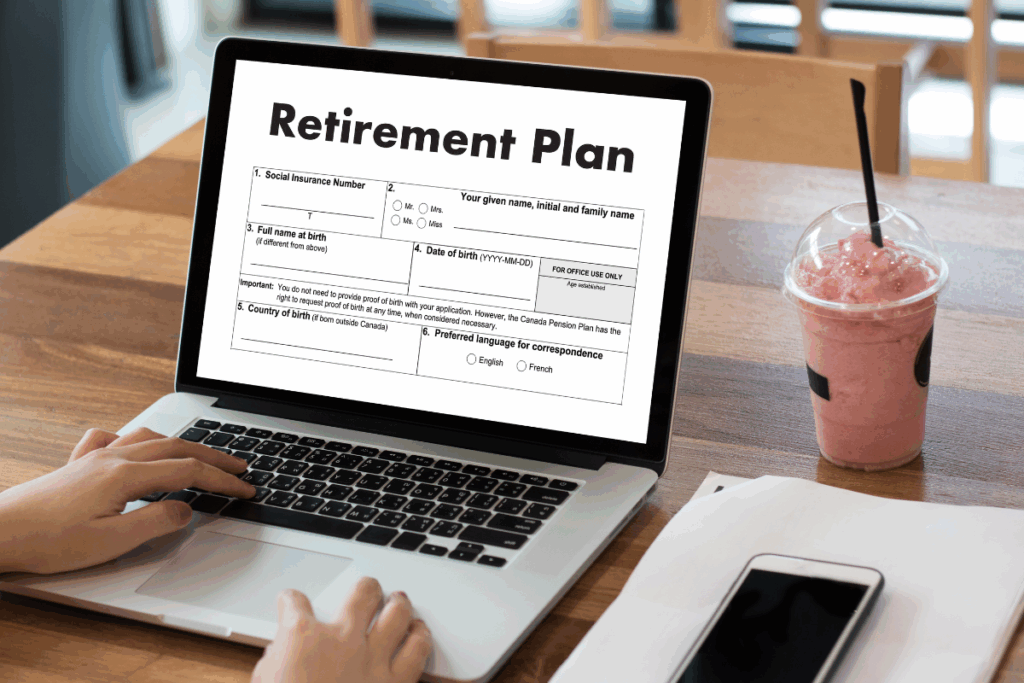“How much is enough?” It’s a question that echoes in the minds of countless Singaporeans as they contemplate their future. With the rising cost of living, increased life expectancy, and the unpredictability of healthcare expenses, retirement planning has never been more urgent—or more daunting. While the Central Provident Fund (CPF) lays a strong foundation, the reality is that many Singaporeans worry that it won’t be sufficient to sustain the kind of retirement they aspire to.
This article takes a comprehensive look at retirement planning in Singapore. We’ll debunk the myth of one-size-fits-all retirement goals, explore the intricacies of the CPF system, examine alternative savings tools, and help you chart a personalised financial roadmap for your golden years.
Defining Your “Enough”: What Does Retirement Mean to You?
Retirement is not a universal experience—it’s deeply personal. For some, it means scaling down, living frugally, and spending time with grandchildren. For others, it might include travelling the world, indulging in hobbies, or supporting their children’s goals. That’s why defining your “enough” starts with imagining your retirement lifestyle.
To put numbers to these visions, let’s consider three broad retirement scenarios based on data from the Department of Statistics and figures provided by financial institutions in Singapore:
1. Basic Lifestyle (Frugal Living)
- Living in a paid-up HDB flat
- Cooking at home, occasional hawker fare
- Little to no travel
- Public healthcare
Estimated monthly expenses: $1,300–$1,500
Annual requirement: $15,600–$18,000
Total for 25 years: $390,000–$450,000 (excluding inflation)
2. Moderate Lifestyle (Comfortable Living)
- Occasional dining out, local and regional travel
- Health insurance and some private healthcare
- Budget for hobbies, entertainment
Estimated monthly expenses: $2,400–$2,800
Annual requirement: $28,800–$33,600
Total for 25 years: $720,000–$840,000 (excluding inflation)
3. Affluent Lifestyle (Luxury Living)
- Frequent overseas travel
- Dining at restaurants, private healthcare
- Supporting family or philanthropic causes
Estimated monthly expenses: $4,000+
Annual requirement: $48,000+
Total for 25 years: $1.2 million+ (excluding inflation)
These figures illustrate how widely retirement needs can vary—and why using someone else’s benchmark could lead to over- or under-saving.
The Role of CPF: Singapore’s Retirement Cornerstone
Singapore’s Central Provident Fund (CPF) is a compulsory savings scheme that supports retirement, housing, and healthcare needs. For most citizens and Permanent Residents, it forms the bedrock of retirement planning.
Upon reaching age 55, your CPF Ordinary Account and Special Account savings are combined into your Retirement Account (RA). From there, the CPF Retirement Sum Scheme determines how much you can draw monthly once you hit the payout eligibility age (currently 65).
Retirement Sum Tiers for 2025:
- Basic Retirement Sum (BRS): $102,900
- Full Retirement Sum (FRS): $205,800
- Enhanced Retirement Sum (ERS): $308,700
The more you set aside, the higher your CPF LIFE payouts will be. For instance, the average monthly payout at the FRS level can range between $1,600 and $1,700, depending on your gender and chosen CPF LIFE plan.
But is CPF enough?
For a retiree aiming for even a moderate lifestyle, CPF LIFE may fall short unless supplemented by other savings or income streams. CPF is designed to cover basic needs, not indulgences or legacy goals.
Beyond CPF: Building Your Retirement Nest Egg
While CPF provides security, it is by no means sufficient for most Singaporeans aiming for a comfortable retirement. Here’s how you can proactively grow your wealth to bridge the gap.
The Power of Compounding
The earlier you start saving and investing, the more you benefit from compound interest—where your returns generate more returns over time.
Example:
Saving $500 monthly from age 30 at a 4% annual return will grow to over $460,000 by age 65. Start at 40 instead? You’ll have just $260,000—a difference of $200,000!
Investment Vehicles
Diversifying your portfolio can help maximise returns and hedge against inflation. Here are some popular options:
- Singapore Savings Bonds (SSBs): Safe and flexible, currently offering yields of ~3% p.a.
- Exchange-Traded Funds (ETFs): Cost-effective way to access global markets.
- Unit Trusts: Professionally managed funds with various risk profiles.
- REITs: Offer regular dividend income and capital appreciation.
- Stocks: Higher risk, but potentially higher reward with long-term capital gains.
The key is aligning your investment choices with your risk appetite and retirement horizon.
The Supplementary Retirement Scheme (SRS)
This voluntary savings scheme complements CPF and offers attractive tax benefits:
- Contributions (up to $15,300 per year for Singaporeans/PRs) reduce your taxable income.
- Withdrawals after the statutory retirement age are 50% taxable, offering significant savings.
Funds in the SRS account can also be invested, making it a useful tool to grow your nest egg while lowering your tax bill.
Accounting for the Unpredictable: Building Resilience
Planning for retirement is not just about saving and investing. It’s about preparing for the unexpected.
Inflation: The Silent Eroder
At an average inflation rate of 2–3% annually, your retirement expenses could double every 25–30 years. That means today’s $2,000 monthly need could become $4,000 in future dollars. Your investment returns must consistently outpace inflation to maintain purchasing power.
Healthcare Costs
Medical expenses increase with age. While MediShield Life provides basic protection, you may want to supplement it with Integrated Shield Plans or critical illness coverage. Set aside a healthcare fund or leverage CPF MediSave to buffer against future shocks.
Longevity Risk
Singaporeans are living longer—many into their 90s. This is great news, but it means your retirement savings must last 30 years or more. Consider income-generating investments, CPF LIFE annuities, and staggered withdrawal plans to stretch your funds over a longer horizon.
Creating Your Personal Retirement Plan
Ready to take action? Here’s a step-by-step guide to creating a retirement plan that’s realistic and tailored to your life goals.
1. Estimate Your Retirement Needs
Use online calculators (like CPF’s Retirement Estimator) to determine how much you’ll need based on your desired lifestyle, retirement age, and expected lifespan.
2. Assess Your Current Financial Health
Take stock of:
- CPF balances
- Cash and SRS savings
- Investment portfolio
- Insurance coverage
- Liabilities (mortgages, loans)
This helps identify gaps and opportunities for optimisation.
3. Set SMART Goals
Make your retirement targets:
- Specific (e.g. $1 million by age 65)
- Measurable
- Achievable
- Relevant
- Time-bound
Break it down into monthly savings or investment targets.
4. Automate and Diversify
Set up automatic transfers to your savings and investment accounts. Diversify across asset classes to reduce risk and enhance returns.
5. Review Annually
Life changes—so should your plan. Review it every year or after major life events (e.g. job change, marriage, children) to stay on track.
6. Seek Professional Guidance
A qualified financial advisor can help you fine-tune your strategy, identify suitable investment products, and provide peace of mind.
Conclusion: From Anxiety to Action

The question “How much is enough?” doesn’t have a single answer. But what it does demand is action. Whether your retirement dreams are modest or ambitious, the key is to start planning early, understand the tools at your disposal, and build a strategy that reflects your personal goals.
In Singapore’s rapidly evolving financial landscape, relying solely on CPF is no longer sufficient. By embracing supplementary schemes like SRS, investing wisely, and accounting for the unpredictable, you can create a future that’s not just financially secure—but also deeply fulfilling.The best time to start planning your retirement? Yesterday. The second-best time? Today.

